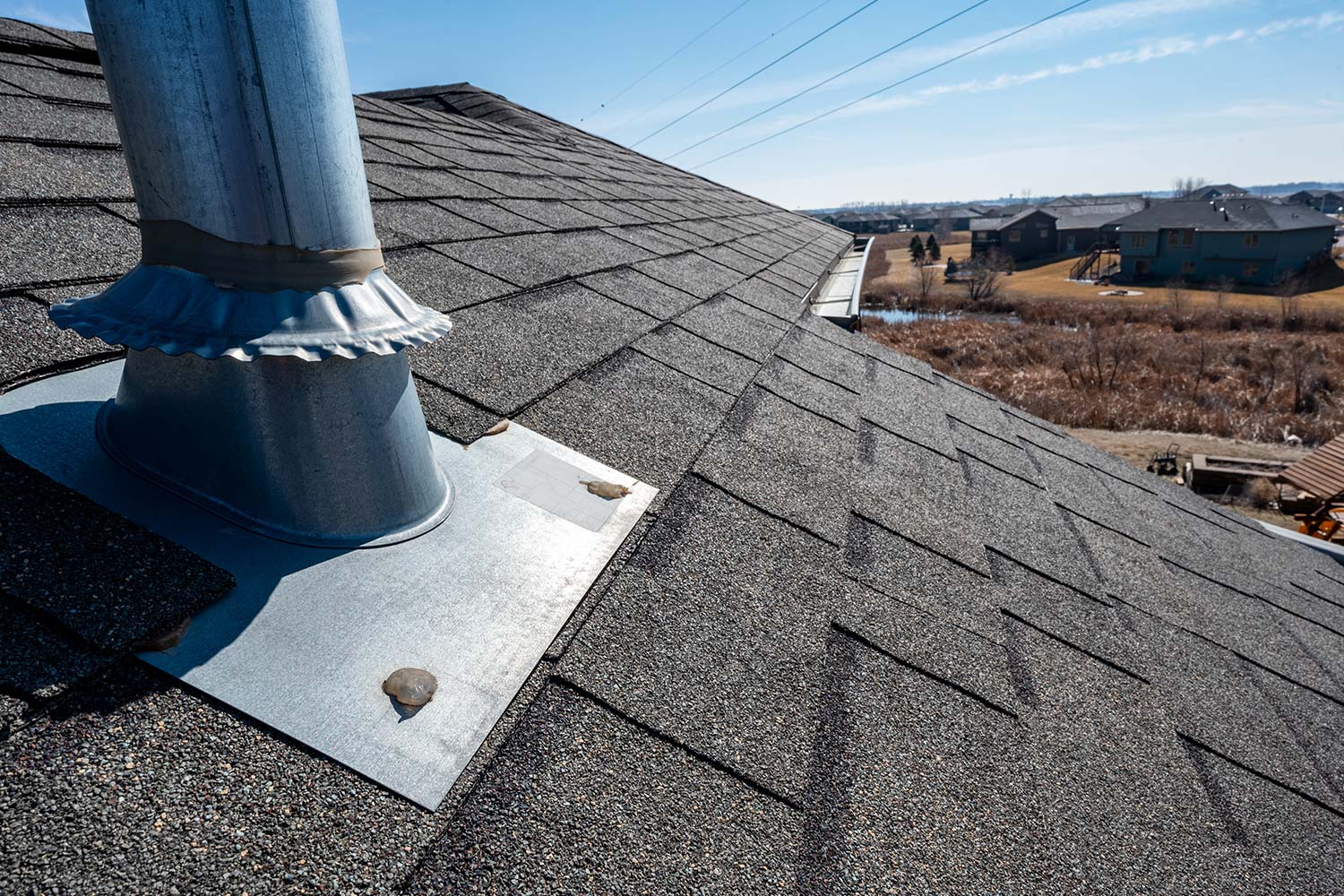Introduction
Most people never think about what’s hiding around their recessed lights, ceiling fans, and attic hatches. But these small gaps and cracks can quietly destroy your home or building’s indoor air quality — and cost you thousands in energy waste.
At Coastal Air Assessments, we specialize in Building Science-based diagnostics that reveal how even tiny ceiling penetrations can have a big impact across Palm Beach Gardens, Jupiter, Stuart, and beyond.
The Problem with Unsealed Ceiling Penetrations
When your ceiling has gaps around fixtures, pipes, or wires, your building’s air barrier is compromised.
What happens?
- Attic air infiltration: Dusty, humid, and contaminated air enters conditioned living spaces.
- Stack effect intensification: In multi-story buildings, hot air rises and pulls attic air downward, carrying pollutants.
- Increased indoor humidity: Summer storm humidity finds its way indoors, promoting mold growth.
- Inconsistent temperature control: HVAC systems work harder to overcome unplanned air exchange.
In commercial properties, this effect is even more significant — leading to wide-area IAQ complaints and costly energy bills.
Real Examples from South Florida Inspections
In recent inspections across Jupiter and Palm City, we found:
- Mold-like staining forming around light fixtures (classic humid attic air signature)
- Condensation drips from recessed lights after storm events
- Elevated CO₂ and particulate levels indoors linked to attic leaks around electrical penetrations
Every one of these cases resulted from minor air barrier breaches that were completely invisible until tested.
How Building Science Solves the Problem
Building Science principles tell us that air moves from high-pressure to low-pressure areas, carrying heat, moisture, and contaminants.
The only way to stop unwanted infiltration is by:
- Air sealing ceiling penetrations
- Proper insulation alignment (thermal barrier + air barrier touching)
- Managing building pressurization through mechanical ventilation
- Balancing HVAC airflow and return paths
Coastal Air Assessments uses thermal imaging, smoke testing, and air pressure diagnostics to find and fix these hidden pathways.
How Property Owners Can Take Action
- Inspect attic hatches, light fixtures, and ceiling-mounted vents for visible gaps.
- Monitor for dust rings, water stains, or musty odors around ceiling features.
- Seal gaps with proper materials — spray foam, caulk, gaskets — following Building Science methods.
- Schedule an IAQ inspection if humidity or occupant complaints rise.
Conclusion
Your ceiling could be quietly leaking energy, pulling in polluted air, and promoting mold growth — and you may not even realize it.
Protect your building’s health today. Call Coastal Air Assessments at 561-400-0929 to schedule a Building Science air infiltration inspection!

